A reminder of the opening of the Trent Building
The office recently received a copy of this commemorative brochure from the opening of the Trent Building of what was then University College Nottingham.

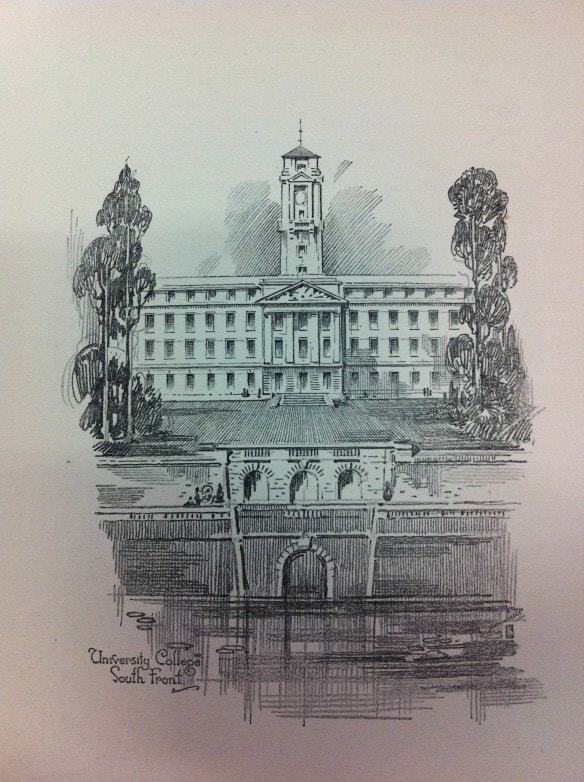
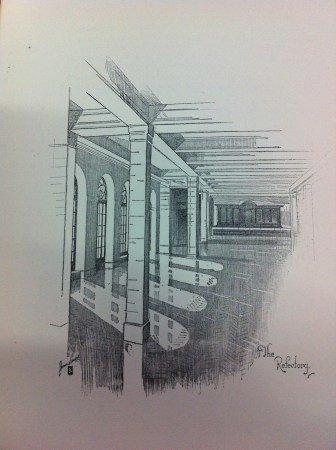
The booklet contains a set of line drawings of the Trent Building together with a detailed and somewhat florid commentary by the then Vice-Principal of the College, Frank Granger.
It includes some great descriptions of the intended use of the different parts of the building including some nice words on the wonders of the refectory (which is now the Senate Chamber):
But my favourite piece is this:
The next plaisaunce to the Refectory is the Women’s Common Room. Then there is the Combination Room, which is a suitable name because the staff will meet there in the leisure moments they spend amid their work. There they will discuss the points of contact of their several disciplines. It is expected that the meetings will sometimes be in secret, and continue the College tradition of secret societies.
I like it partly for its references to leisure time and the sadly discontinued secret societies (although if they were still in existence then I guess I wouldn’t know as they would, of course, be secret) but mainly because of the idea that interdisciplinarity should be encouraged was part of the building design. Combination Room may be a slightly odd title but the principle was a thoroughly sound one and still valid today.






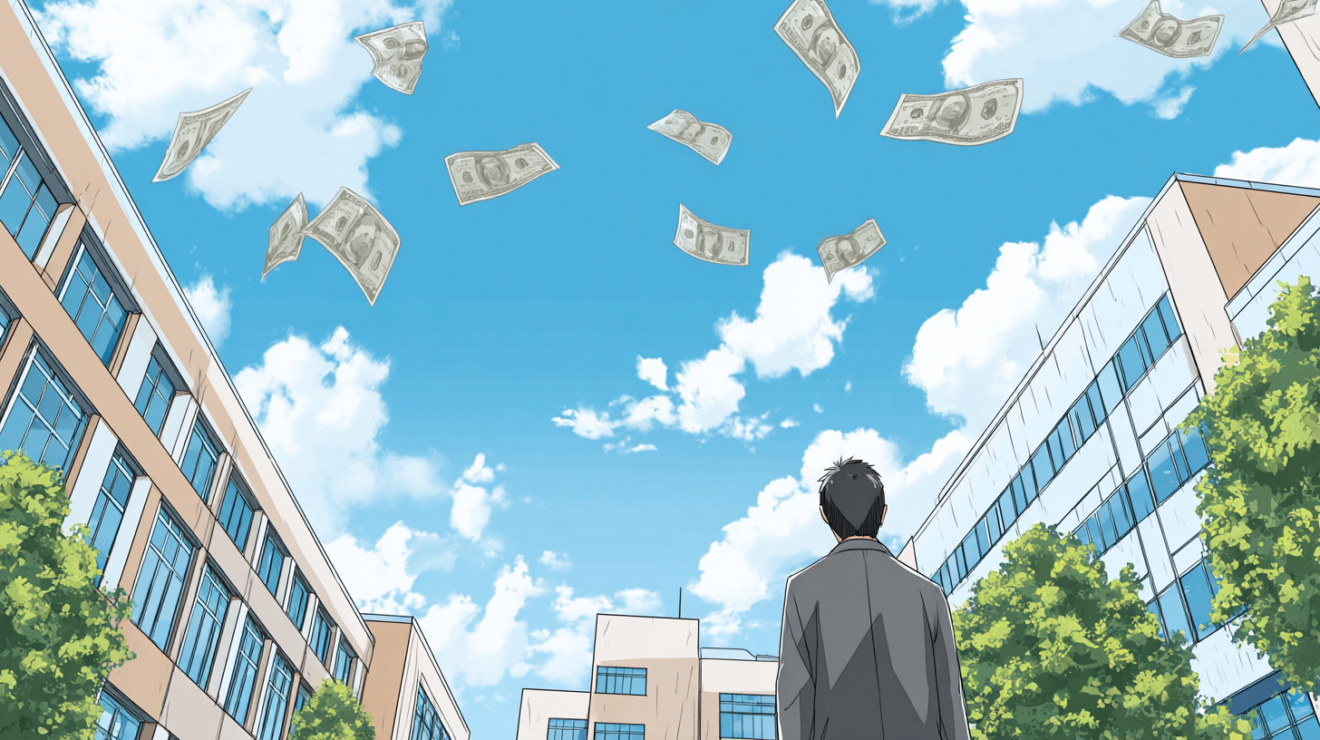

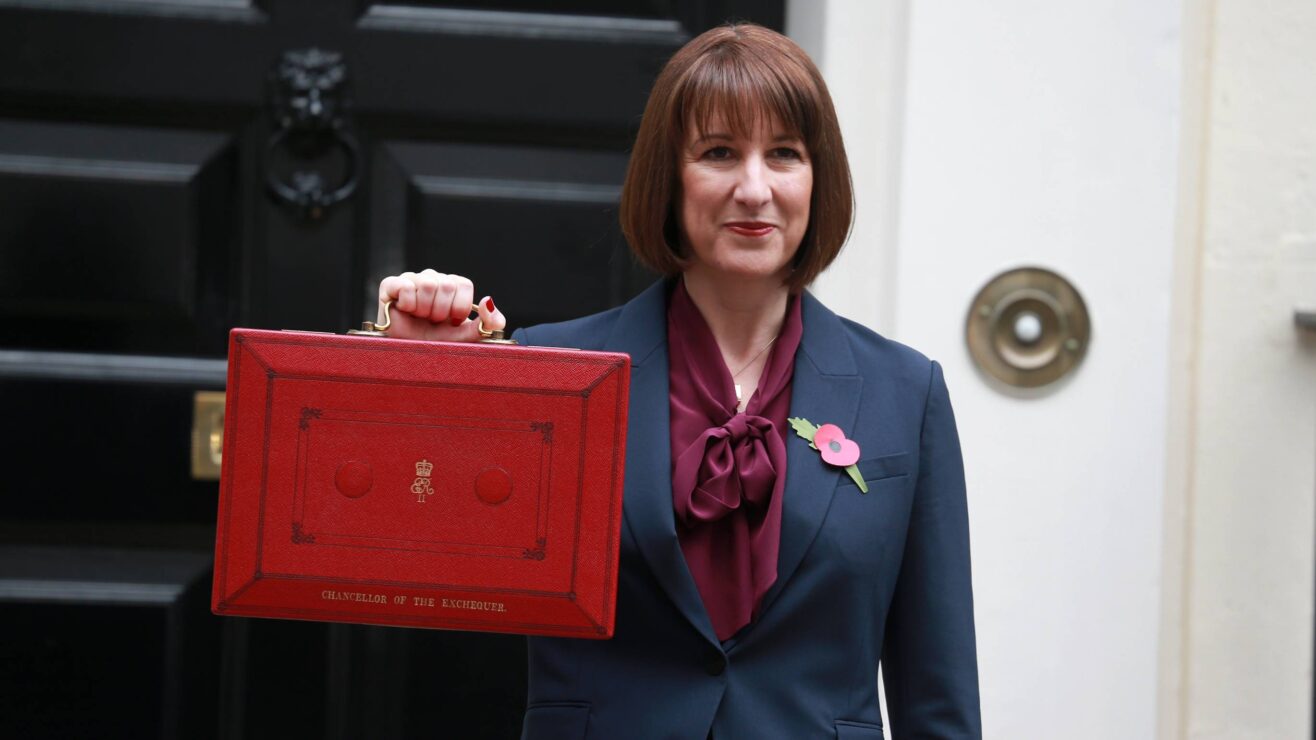

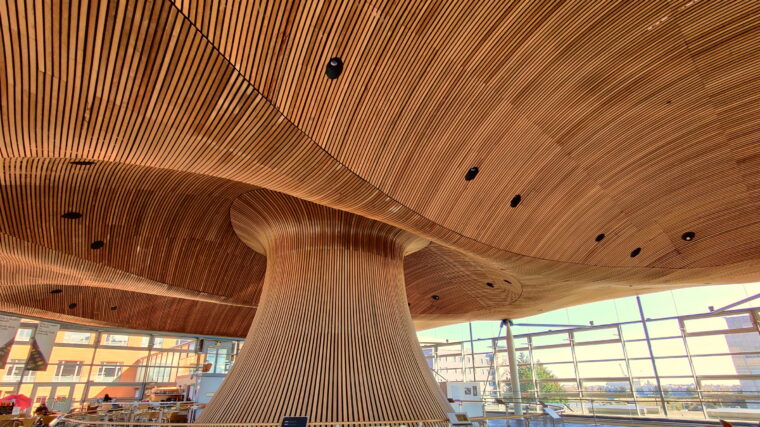

Does it really say “staff will meet THEIR”?
My error!
What an interesting document, the reason Vice Chancellors do not support staff socialisation in public areas let alone secret societies is they would fear revolution.
More seriously I wonder if you read the hyperbole related to current new buildings that include ‘learning hubs’ and ‘social learning spaces’ in sixty years time will it have same feel of the good old days?
It did occur to me that the secret societies might still exist but be so secret that I don’t know about them (and would never be invited to join in any case).